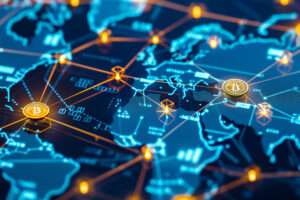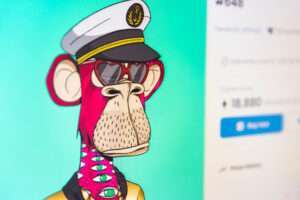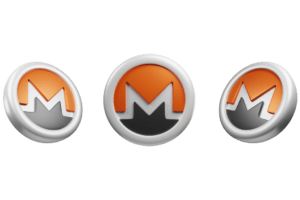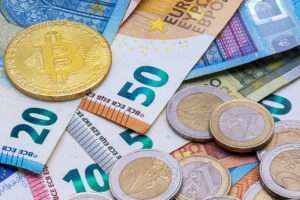The origin of digital art can be traced back to the 1960s. However, 2020 made its mark in the art industry. The introduction of technology such as CryptoPunks-a form of NFT that has played an essential role in reshaping the customary art-market dynamics.
Platforms and marketplaces online have empowered artists to develop colossal business ideas that have favoured creators. Metalman, a digital artist from Singapore, told Decrypt that CryptoPunks’ launch in June, 2017 changed the digital art landscape. Further, he said that the launch made people understand that artistic impressions could be traded and exchanged with the help of NFTs.
Together with other digital artists, Metalman stands for a transformation that aided art sales online to double in 2021. To continue this legacy, platforms such as ART have helped artists and creators to solidify their collections, create communities and reach out to new audiences.
A fresh Regeneration
Katelyn De Van is one of the digital artists who have profited from the ART platform. Just from her studio in Ohio, De Van has reached out to millions globally. The interest and value of digital art have snowballed over the past five years. De Van adds that NFT technology has ushered in a new era of digital art regeneration and that the digital art industry is now seen as an investment.
It is no secret that the coronavirus pandemic also fueled the upsurge of art sales online. According to Art Basel, the increase recorded was from 9% global art sales to 25% sales worldwide.
According to Ulvi Kasimov-.ART founder, the culture surrounding digital art is also changing. With the absence of intermediaries, digital artists can deal directly with collectors hence creating deeper and stronger connections with them. From his perspective, NFTs have played a key role in instigating a move from consumption to sharing.
Freeing Artists
According to Tadeusz Chmiel, NFTs have made it possible for a digital artist to make it in life while being independent. Tadeusz, an award-winning artist, says that artists can generate income on their own instead of working and depending on a big firm or corporation.
Tadeusz is also another ART user who has developed stunning digital art for films such as Marvel and Disney. He has also worked in the physical spheres and painting oils.
Another ART user is the Ukrainian digital artist-Stepan Ryabchenko. Stepan, who is still adopting the ART platform believes that digital art has become a force to reckon with because of global trends and the transition of financial systems to digital currency. However, Stepan does not support the notion that digital currency is primarily the factor that has caused the growth of digital art.
Digital Art’s Future
It is important to note that not all artists are in unison about the industry’s future. According to Thomas Obermeier, NFTs are simply overhyped, and people’s interest in them will at long last fade. A German digital artist, Thomas has worked in the digital industry for more than ten years.
However, Stepan compares NFTs to a digital fever. Stepan argues that NFTs have a lot of room to develop and reach their maximum potential. Nonetheless, he also believes that the demand for physical art will continue to grow as time goes by.
Jessica Carpio:
I found a few resources online that really helped me figure everything out, and one really stood out. It was clear, understandable (even for people who know the nothing about crypto), and it taught me a lot. I can now read additional resources (like yours) with a lot more context.
Here it is if you want to take a look: https://www.websiteplanet.com/blog/nft-guide/
I highly recommend you add this valuable resource to your page, as it will come in handy for people who want to learn more or venture into the world of NFTs.
I’m sure your readers would appreciate it a lot.
Best regards,
Jessica
Image Source: Adobe Stock
Disclaimer: This article is provided for informational purposes only. It is not offered or intended to be used as legal, tax, investment, financial, or other advice










